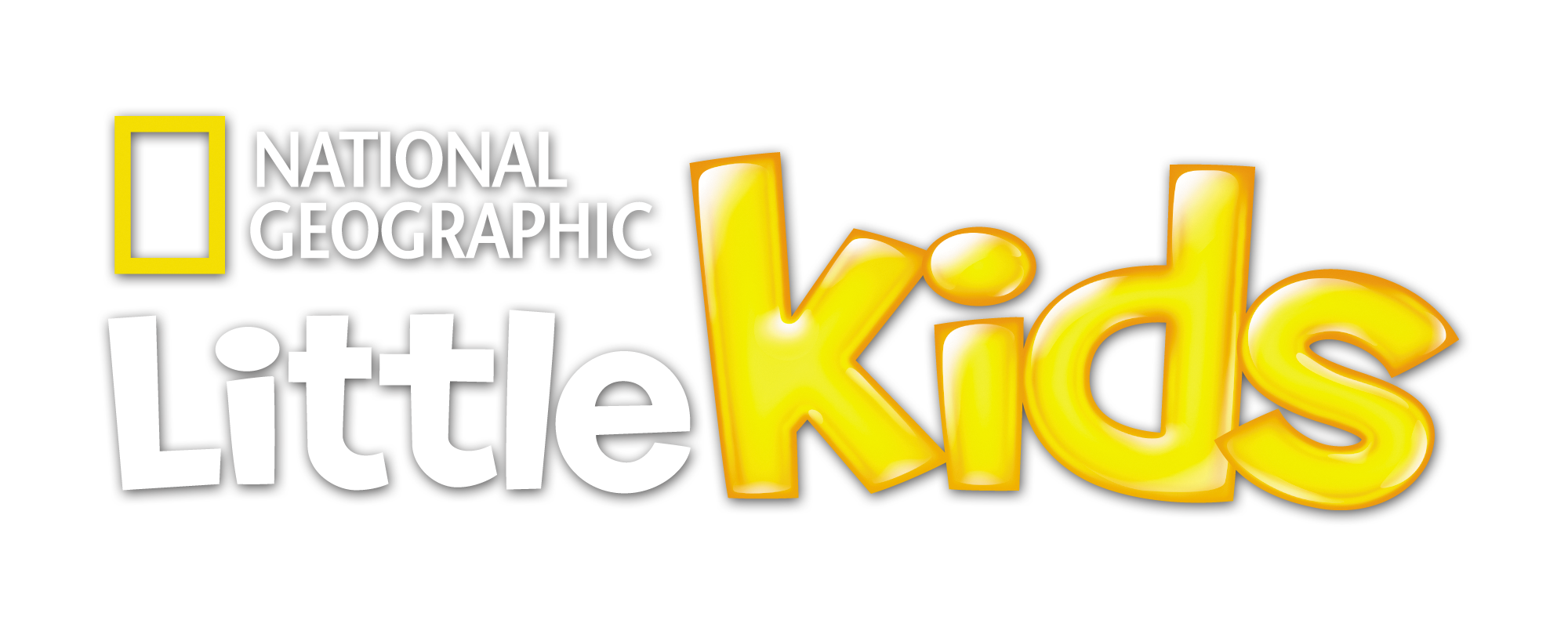
Kangaroo robot primary resource
Learn about how nature can inspire technology
This primary resource introduces children to BionicKangaroo – a special robot. Discover how the robot kangaroo gets the energy it needs to jump. What makes it energy-efficient? How will this robot help with the manufacture of cars?
Pupils will learn about how technology is often inspired by the natural world in our National Geographic Kids’ Robot designs primary resource sheet.
The teaching resource can be used in study group tasks for evaluating robot designs and what these products are capable of; as a printed handout for each pupil to review and annotate, or for display on the interactive whiteboard using the information included in the resource for class discussion.
Activity: Ask children to evaluate the design of the robot as a class, or small in groups; taking into account the way it looks, purpose, why and how it was designed, its name, functionality and how useful it may be. They could further research the robot and the company that made it (Festo) to find out how they have developed the design and what kind of successes they’ve had. There is also a video of the robot in action on their website. Extend older pupils by asking them to carry out a SWOT analysis of the robot design. Pupils could design their own robots, inspired by the natural world. What will their robot be able to do? How? Consider visual design and purpose.
N.B. The following information for mapping the resource documents to the school curriculum is specifically tailored to the English National Curriculum and Scottish Curriculum for Excellence. We are currently working to bring specifically tailored curriculum resource links for our other territories; including South Africa, Australia and New Zealand. If you have any queries about our upcoming curriculum resource links, please email: schools@ngkids.co.uk
This Technology primary resource assists with teaching the following Design and technology objectives from the National Curriculum:
- The national curriculum for design and technology aims to ensure that all pupils: critique, evaluate and test their ideas and products and the work of others
National Curriculum Key Stage 1 Design and technology objectives:
When designing and making, pupils should be taught to:
Evaluate:
- explore and evaluate a range of existing products
- evaluate their ideas and products against design criteria
Design:
- design purposeful, functional, appealing products for themselves and other users based on design criteria
- generate, develop, model and communicate their ideas through talking, drawing, templates, mock-ups and, where appropriate, information and communication technology
National Curriculum Key Stage 2 Design and technology objectives:
When designing and making, pupils should be taught to:
Evaluate:
- investigate and analyse a range of existing products
- evaluate their ideas and products against their own design criteria and consider the views of others to improve their work
- understand how key events and individuals in design and technology have helped shape the world
Design:
- use research and develop design criteria to inform the design of innovative, functional, appealing products that are fit for purpose, aimed at particular individuals or groups
- generate, develop, model and communicate their ideas through discussion, annotated sketches, cross-sectional and exploded diagrams, prototypes, pattern pieces and computer-aided design
This Technology primary resource assists with teaching the following Technologies
Early level objective from the Scottish Curriculum for Excellence:
- I can respond to the work of artists and designers by discussing my thoughts and feelings. I can give and accept constructive comment on my own and others’ work.
Scottish Curriculum for Excellence First level Technologies objectives:
- I can analyse art and design techniques, processes and concepts, make informed judgements and express considered opinions on my own and others’ work.
- By exploring and using technologies in the wider world, I can consider the ways in which they help.
- I can work with others to generate, discuss and develop imaginative ideas to create a product of the future.
- By exploring current news items of technological interest, I have raised questions on the issues and can share my thoughts.
Scottish Curriculum for Excellence Second level Technologies objectives:
- When exploring technologies in the world around me, I can use what I learn to help to design or improve my ideas or products.
- I can investigate how an everyday product has changed over time to gain an awareness of the link between scientific and technological developments.
Scottish Curriculum for Excellence Third level Technologies objective:
- From my studies of technologies in the world around me, I can begin to understand the relationship between key scientific principles and technological developments.
Scottish Curriculum for Excellence First level Technologies objective:
- I can examine a range of materials, processes or designs in my local community to consider and discuss their environmental, social and economic impact, discussing the possible lifetime cost to the environment in Scotland or beyond.
Download primary resource
Note: This is a subscriber-only benefit. If you have an active subscription, please log into your online account to download the files.
More Like

10 terrifying T. rex facts!

Klaus

Adventure with Richard Branson











LEAVE A COMMENT
THANK YOU
Your comment will be checked and approved shortly.
WELL DONE,
YOUR COMMENT
HAS BEEN ADDED!
COMMENTS1
CUSTOMIZE YOUR AVATAR